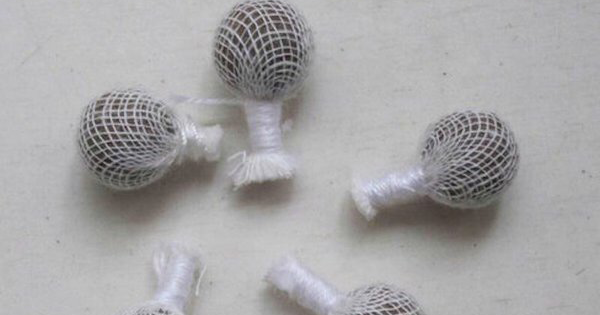The first time Kristen Morgan was pregnant, she was told at her 18-week check-up that her “cervix was nearly 100% effaced.” In simpler terms, her cervix had already thinned in preparation for the delivery of her twins, and was starting to dilate.
It was still far too early to have Morgan’s children born early; their chance of survival outside the womb was too low.
The doctor had no other option but to propose stitching Morgan’s cervix shut in a procedure called cerclage. Doctors literally use needle and thread to make anywhere from one to three stitches to hold the cervix shut to avoid early birth.
Cerclage is, unfortunately, the only way doctors can hope to save a pregnancy in this situation. Ob-gyn Sarah Yamaguchi, M.D., explained, “Once this process of dilation and effacing starts, it can't be reversed—the more dilated the cervix is, the less effective the cerclage will be, so time is of the essence.”
Morgan readily agreed to have a cerclage. It wasn’t too painful; she remembered having mild cramps and feeling a little sore, but there weren’t other complications.
But six weeks later, one of the twins – Kathryn – pushed through Morgan’s already thinned cervix. William, the other twin, came not long after. Neither twin survived.
“Ironically, the cerclage held,” Morgan recalled. “The pressure from Kathryn was too great and she tore a new hole through my cervix. They had to go in and remove the cerclage after they were born to get the placentas out."
This problem – of having a thinned cervix discovered late – happens to one in every 100 pregnant women. Doctors have yet to develop another method of diagnosing and treating this problem before it’s often too late to save the baby. Only 40-60% of emergency cerclage procedures actually keep the baby in utero until 37 weeks.
While it may be possible to make the stitches of a cerclage thicker to ensure its strength, this then raises the risk of infection and actually accelerate birth. Scientists and doctors are still testing and discussing how cerclages can be used more effectively in emergency situations – but it’s already clear that preventive cerclages are far more consistent.
During her following two pregnancies, Morgan asked her doctor to have preventive cerclages done – and she’s now the mother of two happy, healthy children.
Morgan is well aware of all the risks that comes with having a cerclage done, but she knows, “I’d do it again in a heartbeat if I had to.”





